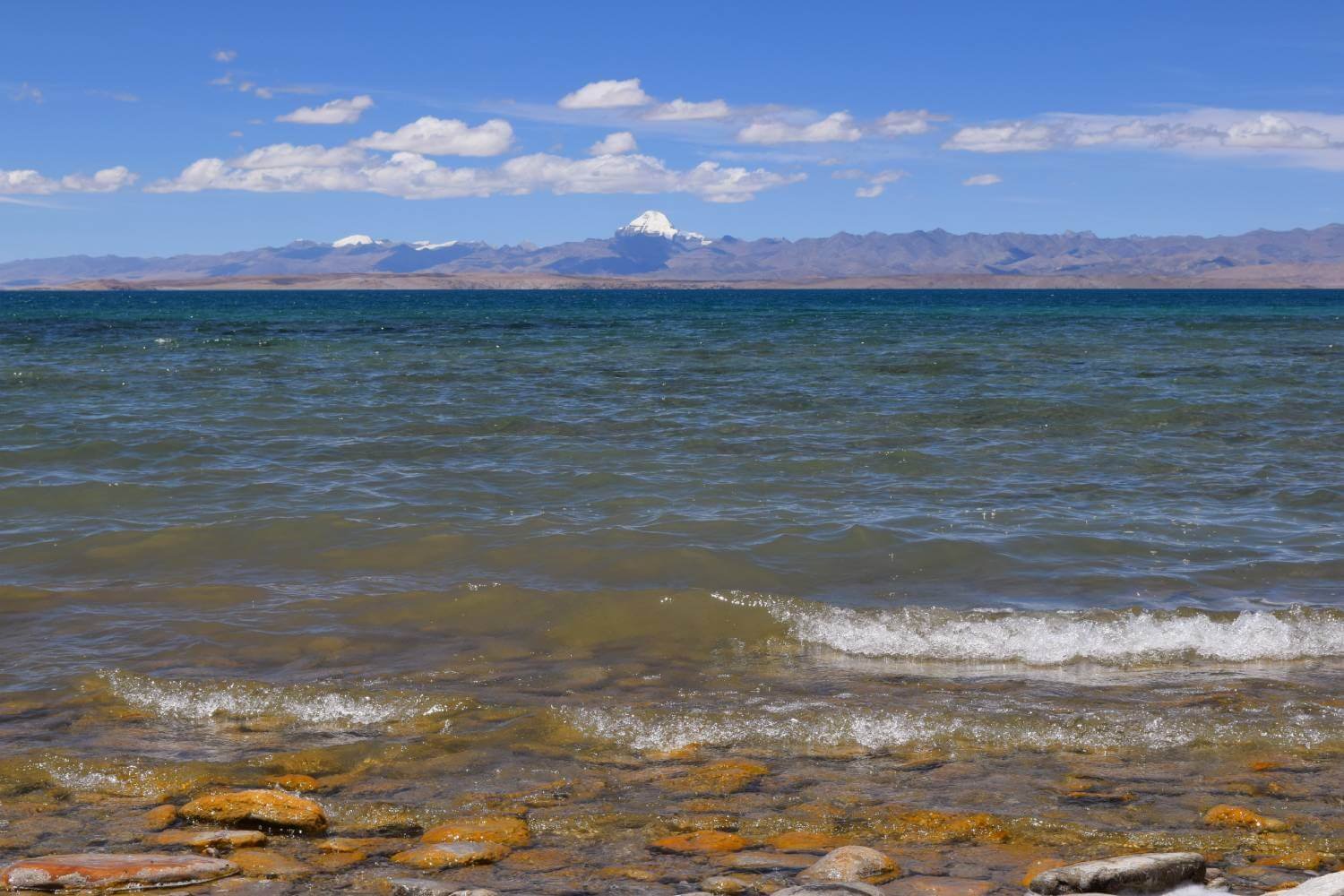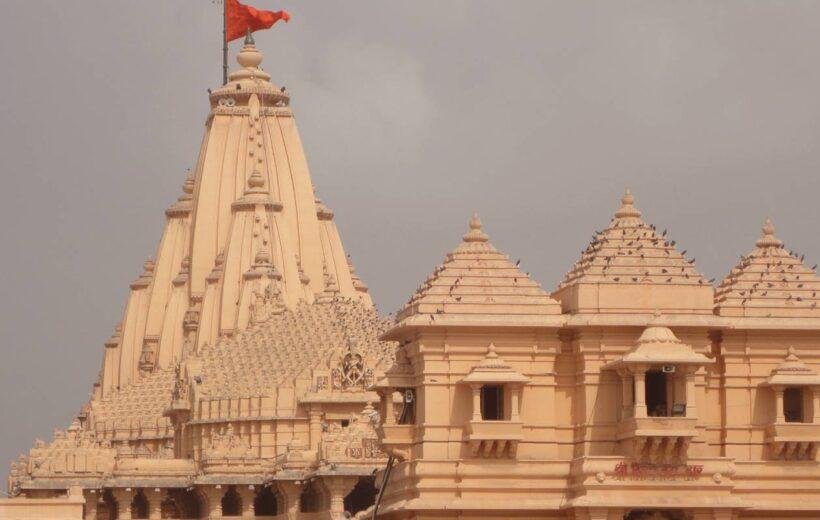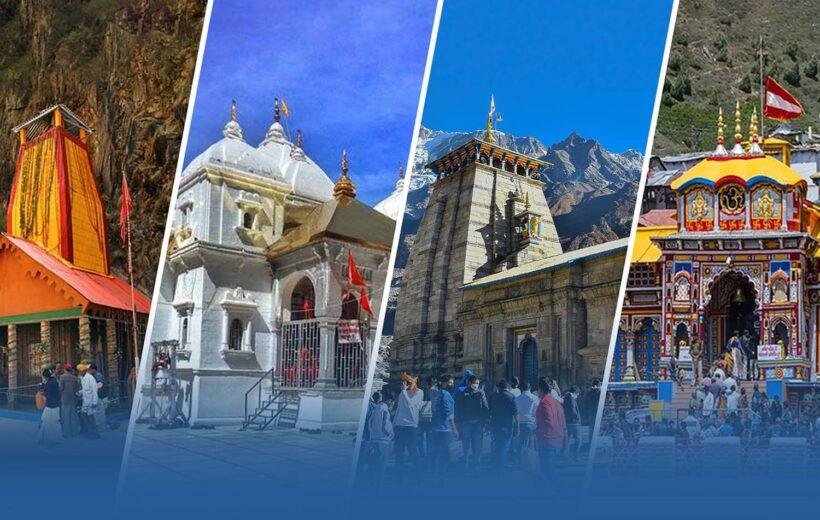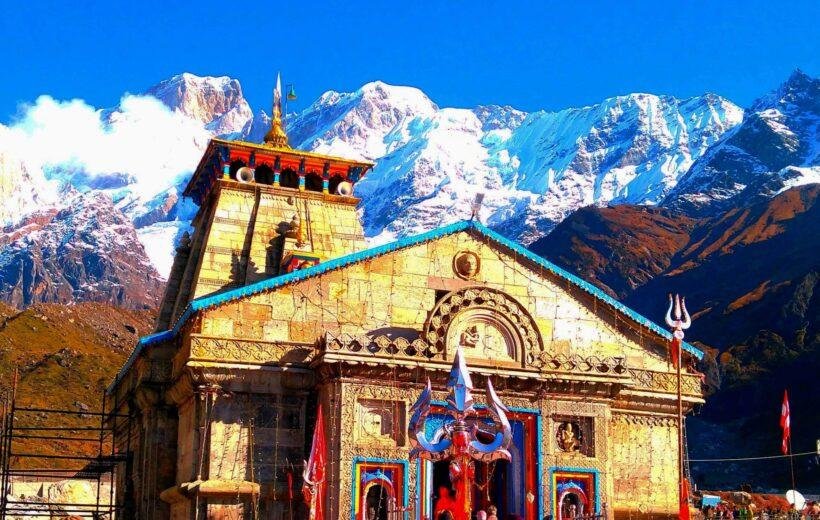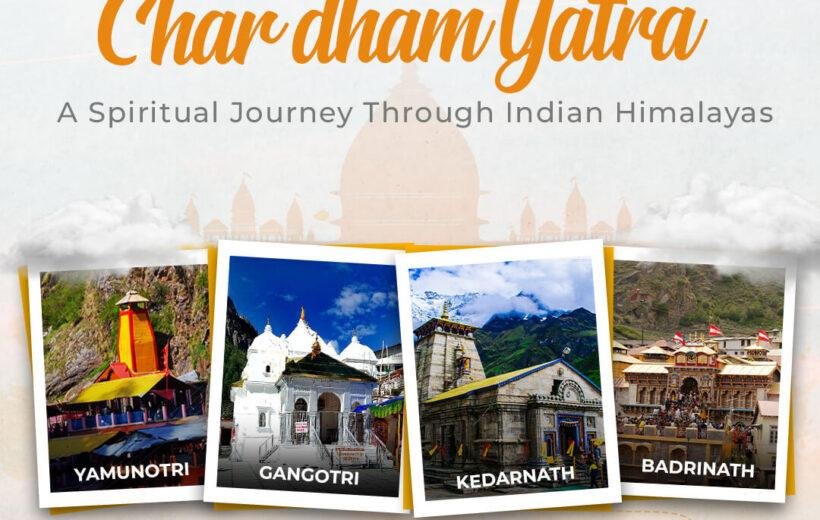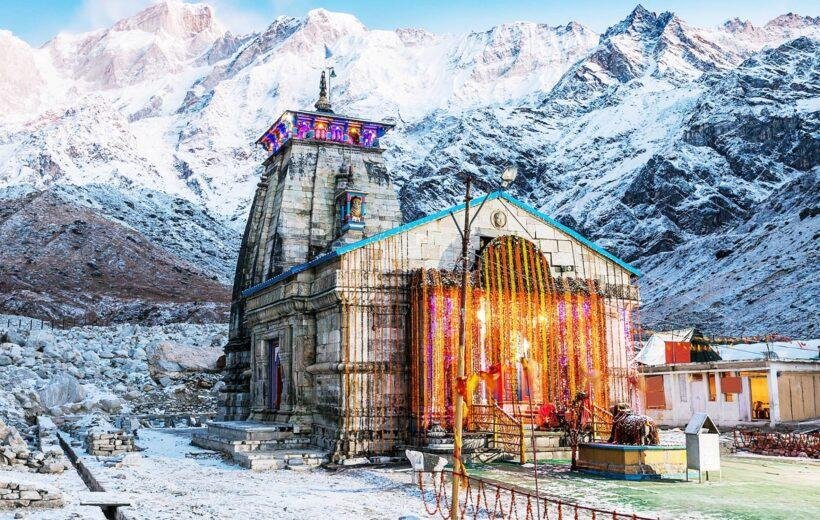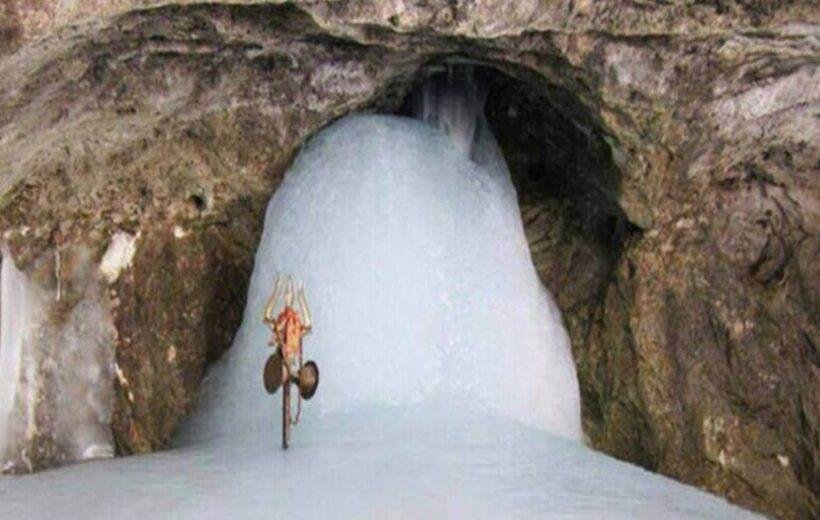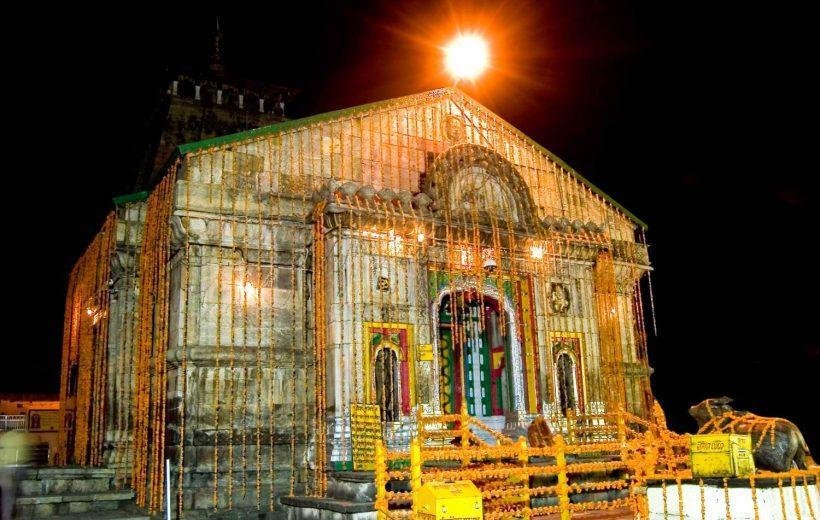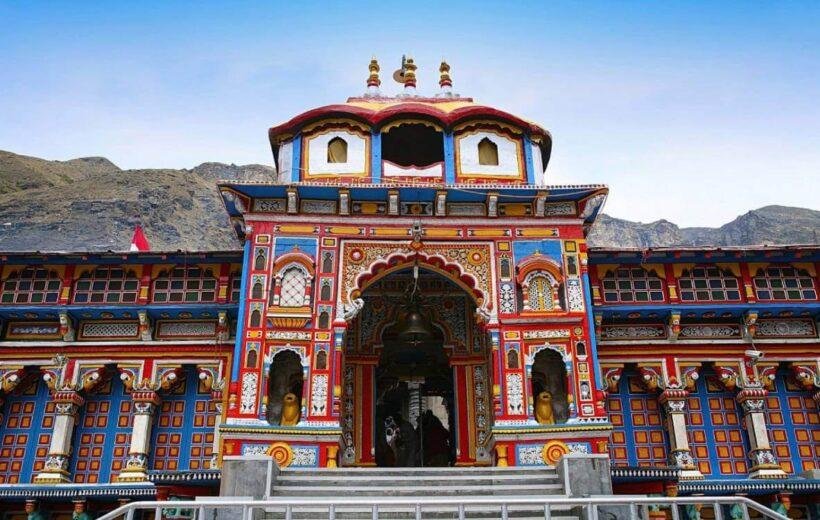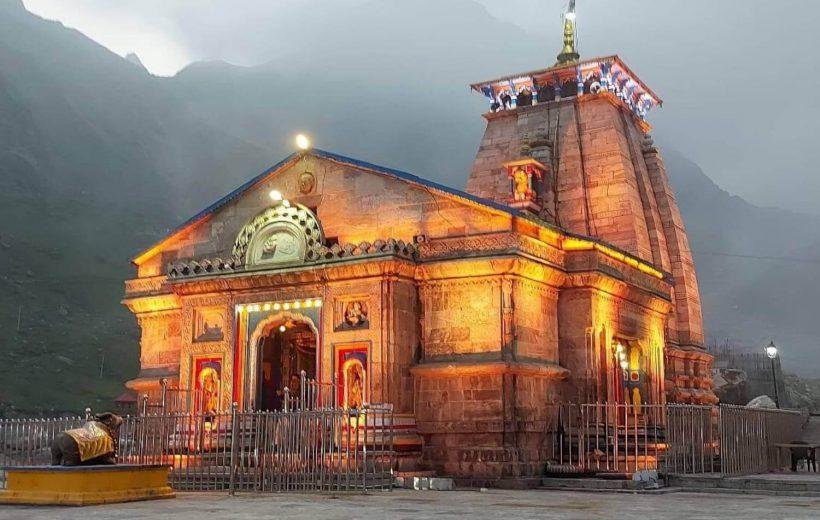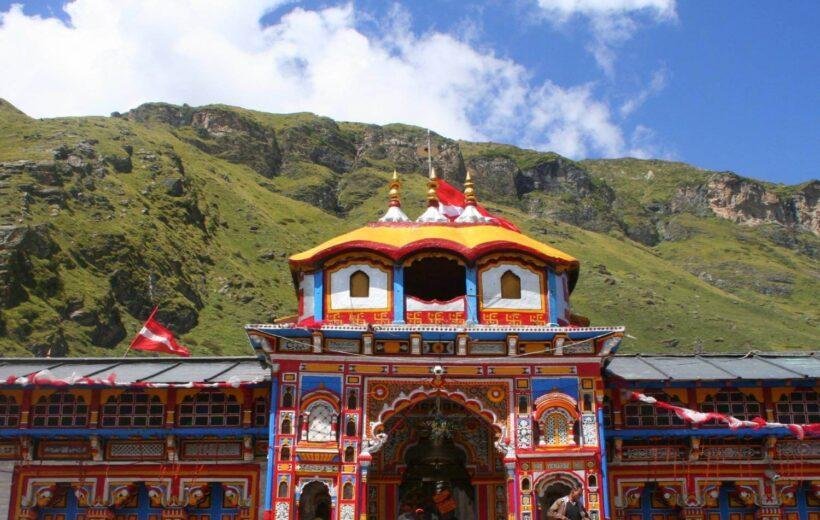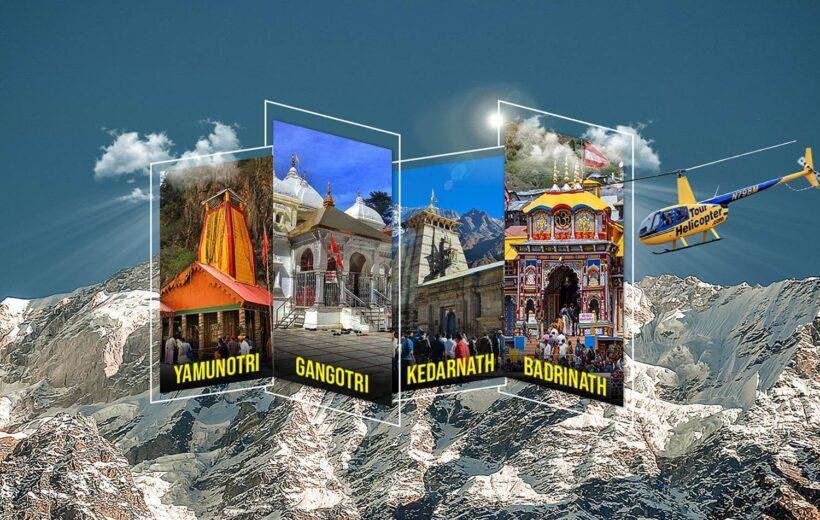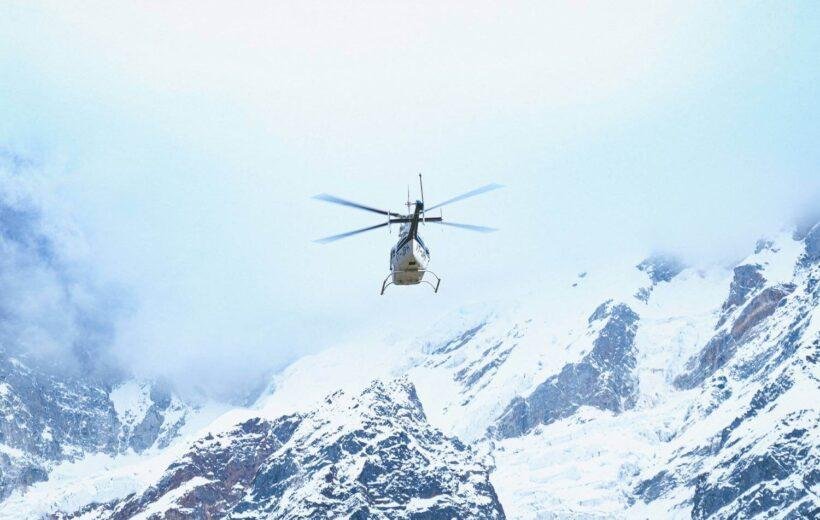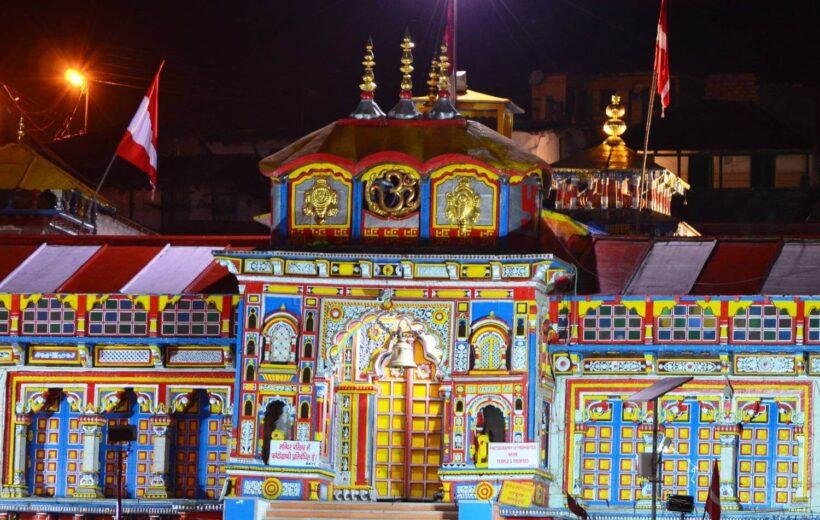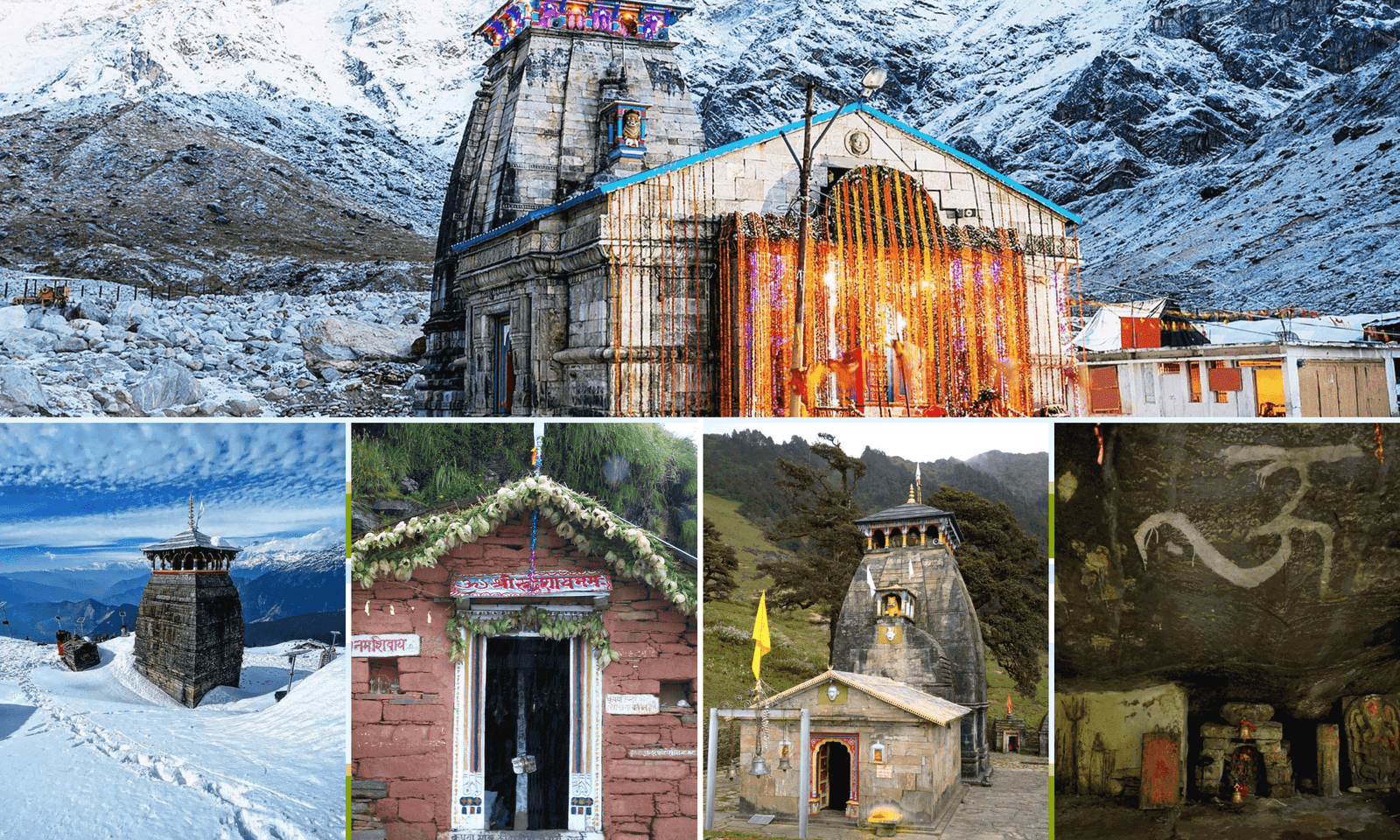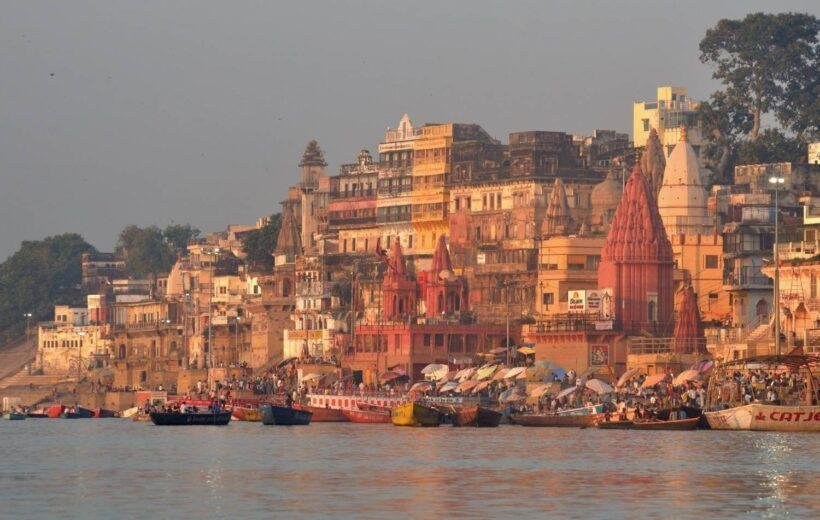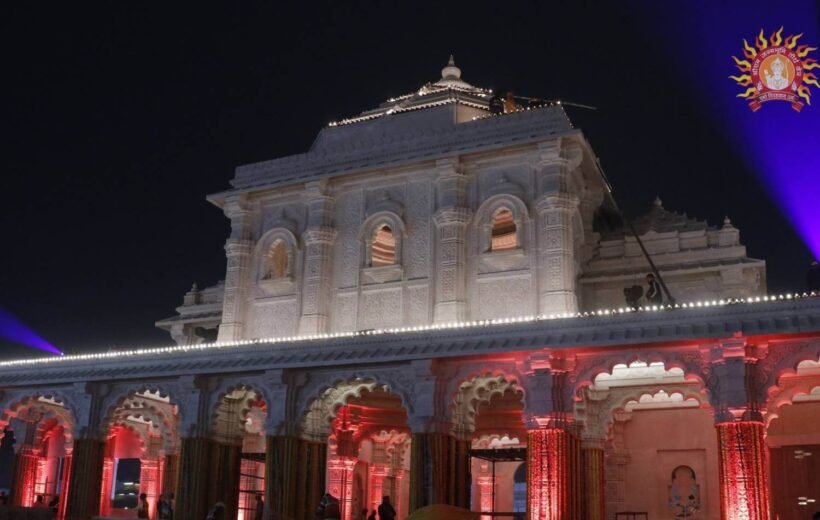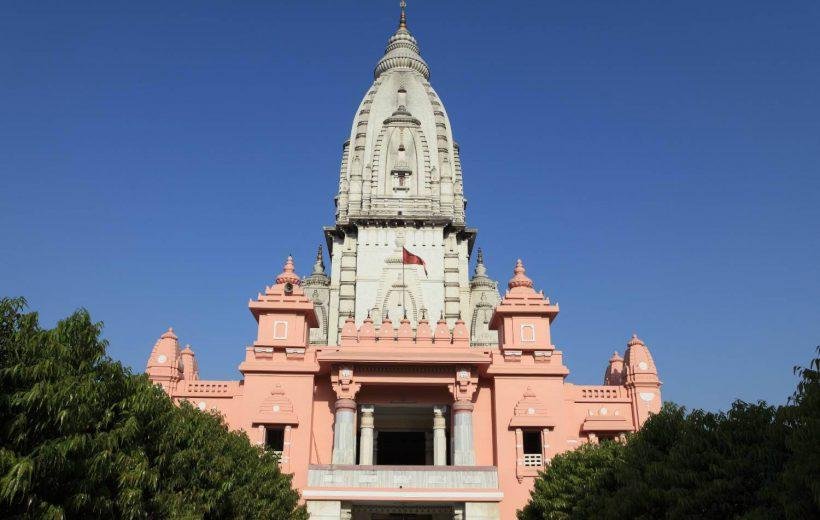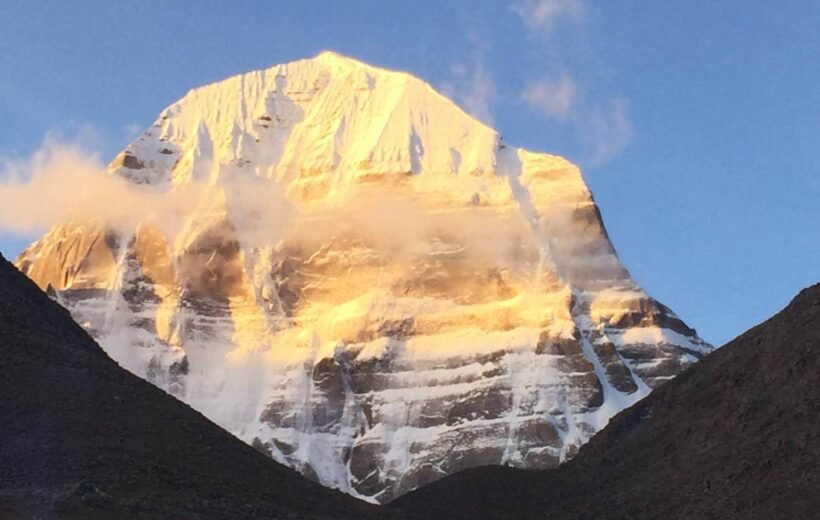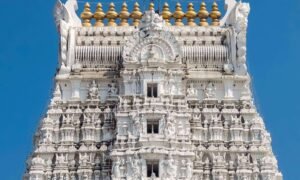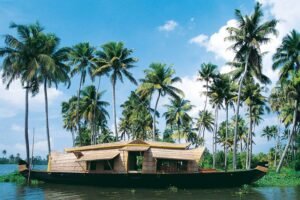Price
Duration
Min People
Min Age
Tour Type
Reviews
Overview
The sacred pilgrimage of Kailash Mansarovar Yatra is a source of inspiration and spiritual rejuvenation among pilgrims. Achieving this ultimate pilgrimage is a path of life-changing events alongside religious principles. People visit Mount Kailash also known as Mt. Meru or ‘Sumeru Parvat’ to offer prayers to Lord Shiva which is located at a high altitude of 22,000 feet above sea level. The yatra of Kailash Mansarovar can either be completed on foot or by taking bus and helicopter services.
Pilgrims believe that walking around Mount Kailash – the abode of Lord Shiva – will bring Moksha by ending the cycle of rebirth. The name Mansarovar is derived from two words ‘Manas’ meaning mind and ‘Sarovar’ meaning lake. Devotees also visit Lake Mansarovar during the Kailash Mansarovar Yatra Tour, to witness the serene bluish-green lake within the breathtaking Himalayas. The tour of Kailash Mansarovar is an adventurous trek that provides visitors with stunning sceneries of the Himalayas, the values and lifestyles of Tibetans, eye soothing beauty of Kailash Parvat and the spiritual significance of the divine.
Kailash Mansarovar Yatra Route and Itinerary
Discovering oneself again through a spiritual trip amidst the captivating Himalayan ranges is what Kailash Mansarovar offers. People usually wonder how to plan the Kailash Mansarovar Yatra and which route and itinerary to follow. To complete the Kailash Mansarovar tour it can take up to 10 to 30 days depending on different itineraries which will include medical health check-ups, travel, dining and accommodation facilities all along. The yatra can be done by trekking, helicopter services, luxury buses and tourist cabs.
From different parts of the world, people reach the majestic city of Kathmandu and halt at different resting points along the tour such as Nyalam, Saga, Mansarovar, Gauri Kund and many others which serve as divine and panoramic retreats. People who find the trekking route challenging may opt for Helicopter services which start from Lucknow in India or Kathmandu or Nepalgunj in Nepal.
Kailash Mansarovar Yatra Route 1: Uttarakhand Lipulekh Pass
The route passes through the Lipulekh Pass, Uttarakhand which involves trekking the difficult terrains at high altitudes. Trekking involves travelling through places like Patal Bhuvaneshwar, Chialekh Valley, and Narayan Ashram. Chialekh Valley is sometimes called Om Parvat as the snow here forms the letter ‘Om’ on the mountain which is a unique view to witness.
Kailash Mansarovar Yatra Route 2: Sikkim Nathu La Pass
This route passes across Sikkim’s NathuLa Pass. Being a motorable path, it’s suitable for senior citizens who are incapable of hiking. Along the trip, people would probably pass by the Tibetan Plateau and Hangu Lake, two breathtaking locations in the Himalayas.
Natural Wonders Along the Kailash Mansarovar Route
Travelling and exploring the path to Kailash Mansarovar through the Kailash include many stunning locations such as Lake Mansarovar, Yam Dwar, Rakshas Tal, Nandi Parvat, Gauri Kund and many other mesmerising locations.
Destinations to Discover During the Yatra
- Lake Mansarovar: The freshwater lake is located at a height of 15,015 feet and is around 20 to 30 kilometres away from Mount Kailash signifies beauty and peace. People come and take a dip in the lake to cleanse their souls from their sins. The lake changes colours as it is blue near the shores and greenish in the centre.
- Yam Dwar: The Yam Dwar located in the Darchen region marks the starting point of the Kailash Mansarovar Spiritual Tour which is also known as ‘Gateway to the God of Death. Pilgrims travelling towards the Kailash Parvat are required to pass through the gate as they believe it cleanses all the negative energy and sins committed in life. It is advised not to look back after crossing the gate.
- Rakshas Tal: The Rakshas lake is the exact opposite of the Mansarovar Lake as it contains saline water and is also darker in colour. It has no vegetation or aquatic life in it and locals consider it as a bad omen lake. The lake is a tourist attraction but not an auspicious place at all.
- Gauri Kund: Gauri Kund which lies close to Mount Kailash belongs to Goddess Parvati, wife of Lord Shiva and locals believe that this is the place where Lord Ganesha was created. Devotees believe that this lake is so pure that it can cure diseases and carry the sacred water with them. People don’t enter the lake as they believe Devi resides in the lake.
- Nandi Parvat: Nandi Parvat is named after the sacred bull of Lord Shiva as the mountain resembles the form of Lord Shiva’s Nandi. The mountain lies below the south side of Mount Kailash which is very important to visit during the Kailash Mansarovar Tour as people believe Nandi delivers all the messages and prayers to Bhole Baba.
- Ashtapad: A Jain pilgrimage site where Rishabhdeva, the first Tirthankara attained Nirvana. The word Ashtapad means ‘8 steps’ and in other terms means a series of 8 mountains. Ashtapad is also mentioned in the Jain scriptures.
- Saptarishi Caves: The majestic point of attraction during Kailash Mansarovar Yatra where the seven rishis (sages) named Bharadwaja, Bhrigu, Atri, Gautama, Kashyap, Vishwamitra and Vashisht reside. Each of them is an acolyte of Lord Shiva and represents the 7 elements which make up the universe. Presently, the Gengta Monastery manages the 13 Buddhist Stupas built inside the cave.
- Tirthapuri: A Buddhist pilgrimage site visited by pilgrims after completing Parikrama where they soak themselves in the hot spring. Numerous Buddhist Stupas and Chortens are decorated with colourful flags in the area of Tirthapuri.




